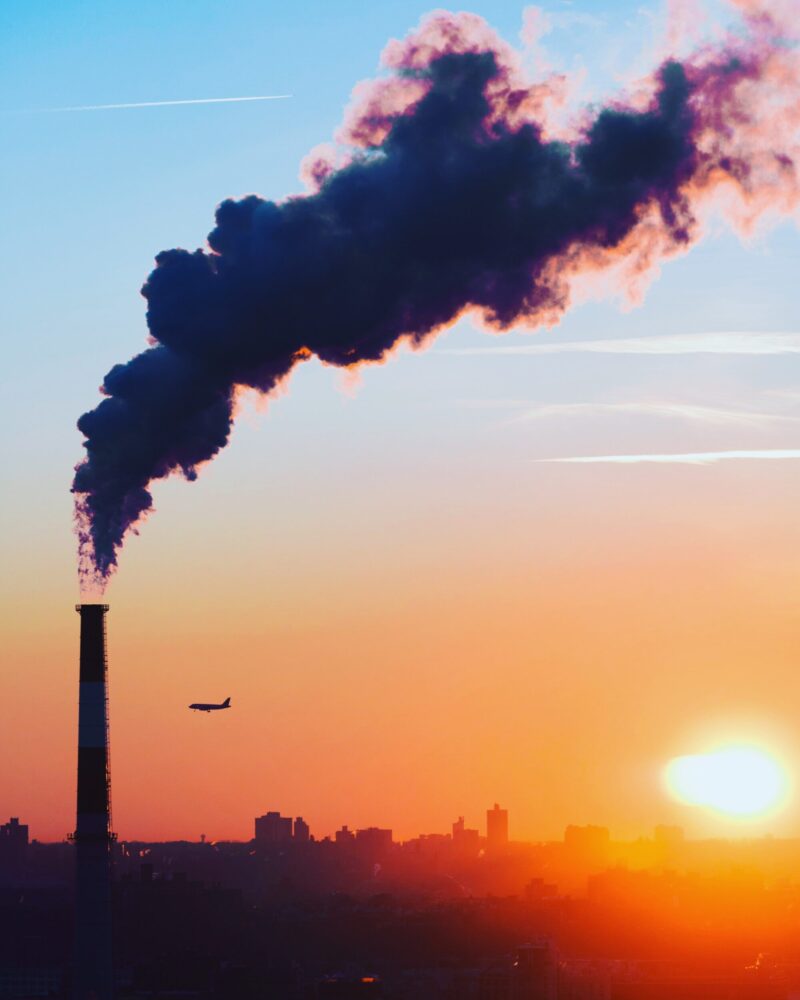Eco-Justice: Ecological Responsibility Linked with Social Justice

“You can’t achieve peace unless it’s accompanied by a constant striving to address the issues of justice. This means that your work will never end. It will never end.”
—John Mohawk, Seneca Nation
This article is part of our Pamphlets for Sharing series produced by QEW’s Publications Committee. Download the PDF here or order print copies by emailing info@quakerearthcare.org.
Flint, Michigan, an economically depressed area, lost control over decisions affecting the public. Penny-wise and pound-foolish decisions were made by the state to change the source of Flint’s drinking water in 2014, resulting in serious contamination. Public complaints were ignored until outsiders exposed the situation. In March, 2017, a federal judge approved a $97 million solution to the problem. (1). Why did it take so long and how many other water systems are like Flint’s?
Addressing ecological destruction, climate change, income inequality
From the first Earth Day, Christian ethicists have been linking ecological responsibility with economic justice. (2) Eco-Justice Ministries explains that “eco-justice holds together commitments for ecological sustainability and human justice.” (3) Traditional Quaker testimonies highlight both the connections among these concerns and the imperative to act.
- We value equality. Yet we see economic disparities increasing dramatically, with people of color experiencing the brunt of both income inequality and environmental damage.
- We value integrity. Yet Gross Domestic Product is a false measure of prosperity, and truth is being sacrificed in advertising, mass media, public discourse, and politics.
- We value simplicity. Yet our “growth economy” requires ever-increasing consumption, debt and intrusion on the natural world to sustain itself.
- We value community. Yet we are deeply divided by racism; those facing economic insecurity and confined to prisons grows; and God’s community of life is diminished.
- We value peace. Yet the devastation caused by our economic system’s exploitation of both people and planet is a direct cause of violence. (4)
In 1982 residents of Afton in Warren County, North Carolina, stopped dump trucks loaded with toxic PCB waste slated for delivery to a landfill in their community by lying down in the road for over six weeks (photo by Ricky Stilley). The residents of Afton ultimately lost their fight, but their story began a national Eco-Justice movement and led to documentation of these injustices. (5)
The First National People of Color Environmental Leadership Summit, held in 1991 in Washington, D.C., established seventeen Principles of Environmental Justice which remain relevant today. (6)
Indigenous communities and tribal nations have organized around environmental issues, forming the Indigenous Environmental Network, which is “an alliance of Indigenous Peoples whose shared mission is to protect the sacredness of Earth Mother from contamination and exploitation by respecting and adhering to indigenous knowledge and natural law.” (7)
Climate Change is affecting the most impoverished and vulnerable people on the planet. Countries that have historically emitted the least carbon are affected by climate change much more than countries that have emitted the most carbon. Here are a couple of examples:
- Kumik, India has been a viable place of habitation for over 1000 years. The community is moving due to climate change because their glacier’s retreat has severely limited the amount of fresh water from snowmelt. (8)
- Bangladesh woman stands where her house used to be (right). Bangladesh is among the countries most vulnerable to climate change because of its low elevation and frequency of devastating storms. Already millions have moved from the coastal Bay of Bengal to higher ground in the city of Dhaka. (9)
What Can Friends Do?
Inaction is not necessarily wrong or evil, but it is a choice and it does have consequences. Inaction is a choice for the status quo. Choosing to work for environmental health instead of against poverty, or vice versa, is a false choice. The way ahead is to choose both: Eco-justice! Here are some actions:
- Inform yourselves about any injustices in your area and beyond.
- Raise the issues with the appropriate authorities and insist on action.
- Support national efforts by environmental or faith-based organizations to address environmental injustices. (10)
- Lobby U.S. government to fulfill our commitments to help developing countries adapt to climate change.
- Contribute to QEW for Mini-grants and other programs addressing Eco-Justice.
QEW Mini-Grants
QEW has grants available for Friends’ organizations who want to enhance their physical/spiritual relationship with the Earth. We offer matching grants of up to $500 each to support projects consistent with QEW values. Below are two projects:
- 2012 El Alto Proyecto de Arbolizacion—It was the first-ever tree planting in one of America’s highest populated places, El Alto, Bolivia, done by a Quaker Youth Group.
- 2012 Kenya Munyu Youth Group— The goals of this project are to involve a Youth Group in agriculture— developing a nursery to plant trees and plants that silkworms feed on and initiating a project to produce silk.
Endnotes
1) CNN Library. Flint Water Crisis Fast Facts, updated April 10, 2017 <edition.cnn.com/2016/03/04/us/ int-water-crisis-fast-facts/index.html>.
2) Faramelli, Norman. 1970. “Ecological Responsibility and Economic Justice,” in the Andover Newton Quarterly, Vol. 11, November.
3) Eco-Justice Ministries <eco-justice.org/lexicon.asp>.
4) Eco-Justice Collaborative, Philadelphia Yearly Meeting <pym.org/eco-justice-collaborative>.
5) Washington Post, 1982. Dumping on the Poor. <washingtonpost.com/archive/politics/1982/10/12/dumping-on-the-poor/bb5c9b8c-528a-45b0-bd10-874da288cd59/?utm_term=.242899437435>. Government Accountability Offce, 1983. Siting of Hzardous Waste Landfills and Their Correlation with Racial and Economic Status. <ucc.org/environmental-ministries_environmental-racism>, United Church of Christ <ucc.org/environmental-ministries_environmental- racism>.
6) Environmental Justice/Environmental Racism <ejnet.org/ej/ principles.html>.
7) Indigenous Environmental Network <ienearth.org>.
8) Mingle, Jonathan, 2015. Earth Island Journal. As the Snowline Recedes, A Remote Himalayan Village Prepares to Abandon its Ancient Way of Life. <earthisland.org/journal/index.php/elist/ eListRead/A_remote_himalayan_village_prepares_to_abandon_its_ ancient_way_of_life>.
9) McVeigh, Karen, The Guardian, 20 January 2017. Bangladesh struggles to turn the tide on climate change as sea levels rise. <theguardian.com/global-development/2017/jan/20/bangladesh- struggles-turn-tide-climate-change-sea-levels-rise-coxs-bazar>.
10) Organizations addressing Eco-Justice: Environmental Justice/ Environmental Racism <ejnet.org/ej/>, Eco-justice Ministries <eco-justice.org>, Ecojustice Canada <ecojustice.ca>, World Council of Churches <oikoumene.org/en/what-we-do/eco-justice>, Eco- Justice Collaborative <ecojusticecollaborative.org>, Environmental Justice <liebertpub.com/overview/environmental-justice/259>, The Root <theroot.com/fighting-for-environmental-justice-is-fighting-for-raci-1794769342>, Unitarian Universalist Ministry for Earth <uuministryforearth.org/understanding_our_roots>, and many more.

